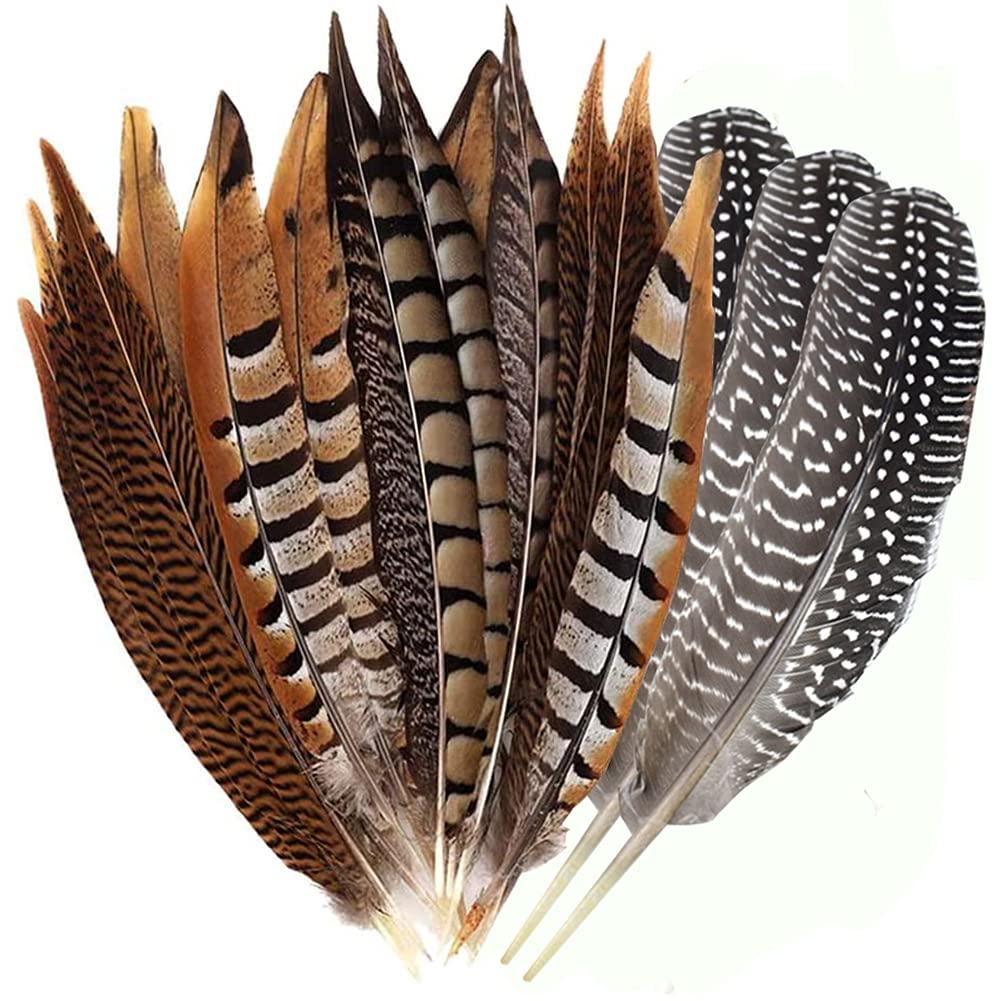Stamp: Europa (C.E.P.T.) 2008 - Letter Writing (Northern Cyprus 2008)
Europa (C.E.P.T.) 2008 - Letter Writing (Northern Cyprus 2008)
08 May (Northern Cyprus ) within release Europa (C.E.P.T.) 2008 - Letter Writing goes into circulation Stamp Europa (C.E.P.T.) 2008 - Letter Writing face value 80 Turkish new kuruş
| Stamp Europa (C.E.P.T.) 2008 - Letter Writing in catalogues | |
|---|---|
| Michel: | Mi: TR-NC 682 |
Stamp is square format.
Also in the issue Europa (C.E.P.T.) 2008 - Letter Writing:
- Stamp - Europa (C.E.P.T.) 2008 - Letter Writing face value 80;
- Stamp - Europa (C.E.P.T.) 2008 - Letter Writing face value 80;
|
Data entry completed
46%
|
|
|---|---|
| Stamp Europa (C.E.P.T.) 2008 - Letter Writing in digits | |
| Country: | Northern Cyprus |
| Date: | 2008-05-08 |
| Emission: | Commemorative |
| Format: | Stamp |
| Face Value: | 80 Turkish new kuruş |
Stamp Europa (C.E.P.T.) 2008 - Letter Writing it reflects the thematic directions:
Feathers are epidermal growths that form a distinctive outer covering, or plumage, on both avian (bird) and some non-avian dinosaurs and other archosaurs. They are the most complex integumentary structures found in vertebratesand a premier example of a complex evolutionary novelty.They are among the characteristics that distinguish the extant birds from other living groups
A globe is a spherical model of Earth, of some other celestial body, or of the celestial sphere. Globes serve purposes similar to maps, but, unlike maps, they do not distort the surface that they portray except to scale it down. A model globe of Earth is called a terrestrial globe. A model globe of the celestial sphere is called a celestial globe
A map is a symbolic depiction emphasizing relationships between elements of some space, such as objects, regions, or themes. Many maps are static, fixed to paper or some other durable medium, while others are dynamic or interactive. Although most commonly used to depict geography, maps may represent any space, real or imagined, without regard to context or scale, such as in brain mapping, DNA mapping, or computer network topology mapping. The space being mapped may be two dimensional, such as the surface of the earth, three dimensional, such as the interior of the earth, or even more abstract spaces of any dimension, such as arise in modeling phenomena having many independent variables. Although the earliest maps known are of the heavens, geographic maps of territory have a very long tradition and exist from ancient times. The word "map" comes from the medieval Latin Mappa mundi, wherein mappa meant napkin or cloth and mundi the world. Thus, "map" became the shortened term referring to a two-dimensional representation of the surface of the world.
Originally, the term 'stationery' referred to all products sold by a stationer, whose name indicated that his book shop was on a fixed spot. This was usually somewhere near a university, and permanent, while medieval trading was mainly carried on by itinerant peddlers (including chapmen, who sold books) and others (such as farmers and craftsmen) at markets and fairs. It was a unique term used between the 13th and 15th centuries in the manuscript culture. Stationers' shops were places where books were bound, copied, and published. These shops often loaned books to nearby university students for a fee. The books were loaned out in sections, allowing students to study or copy them, and the only way to get the next part of the book was to return the previous section




